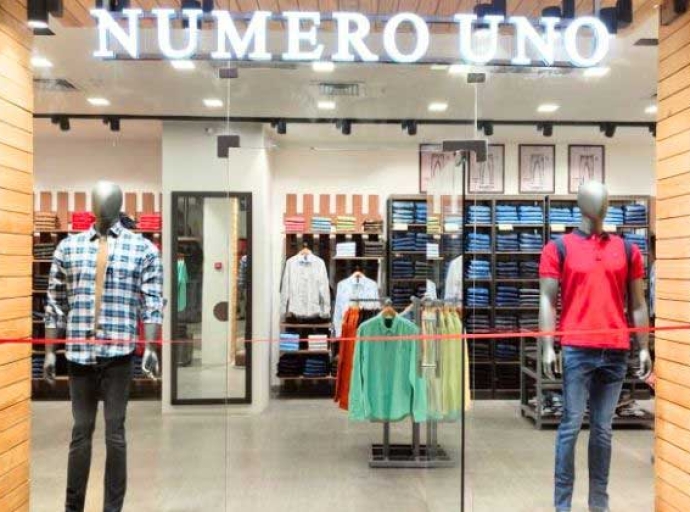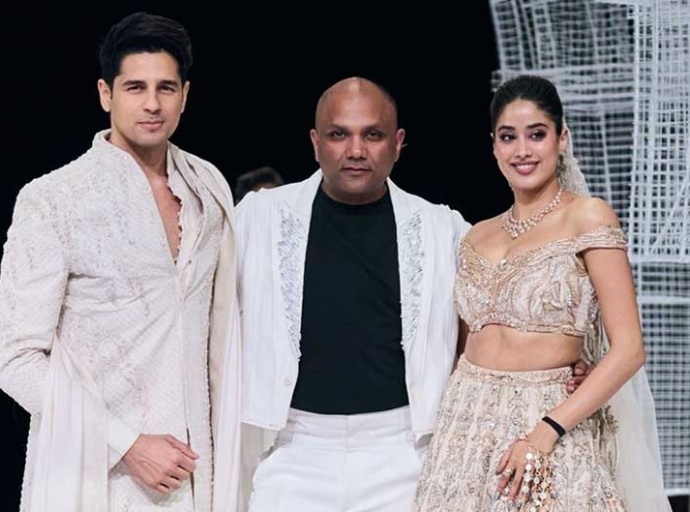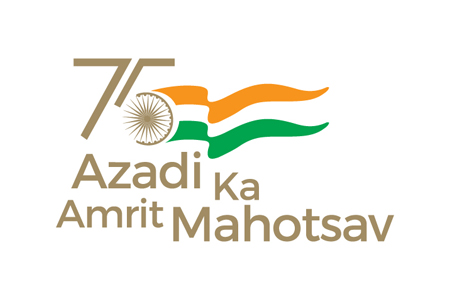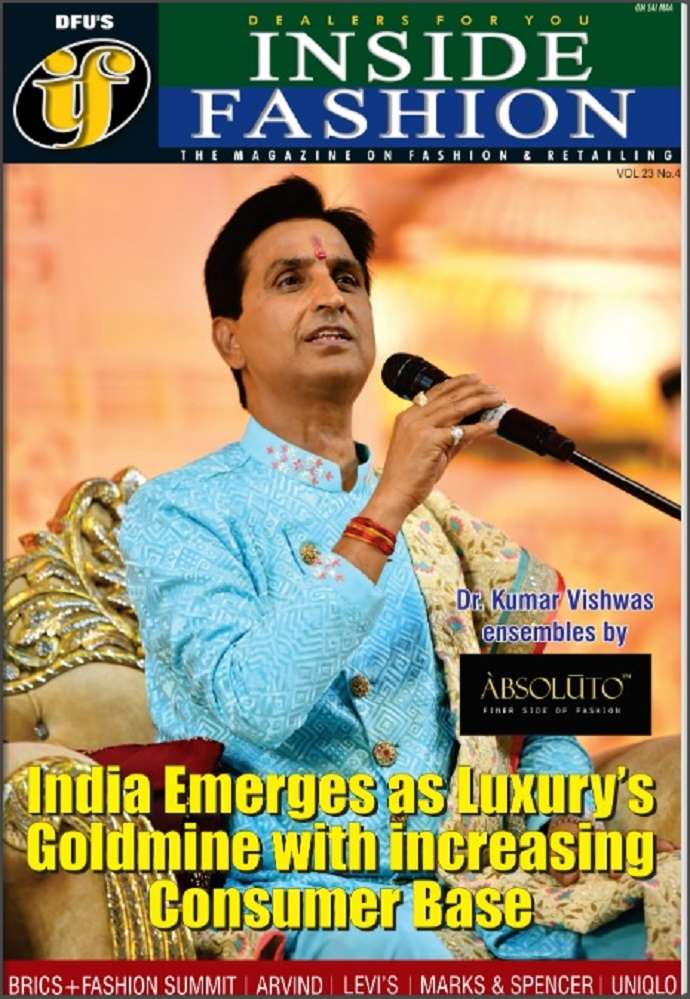India's Rising Luxury Star: A bright spot in a cooling global market
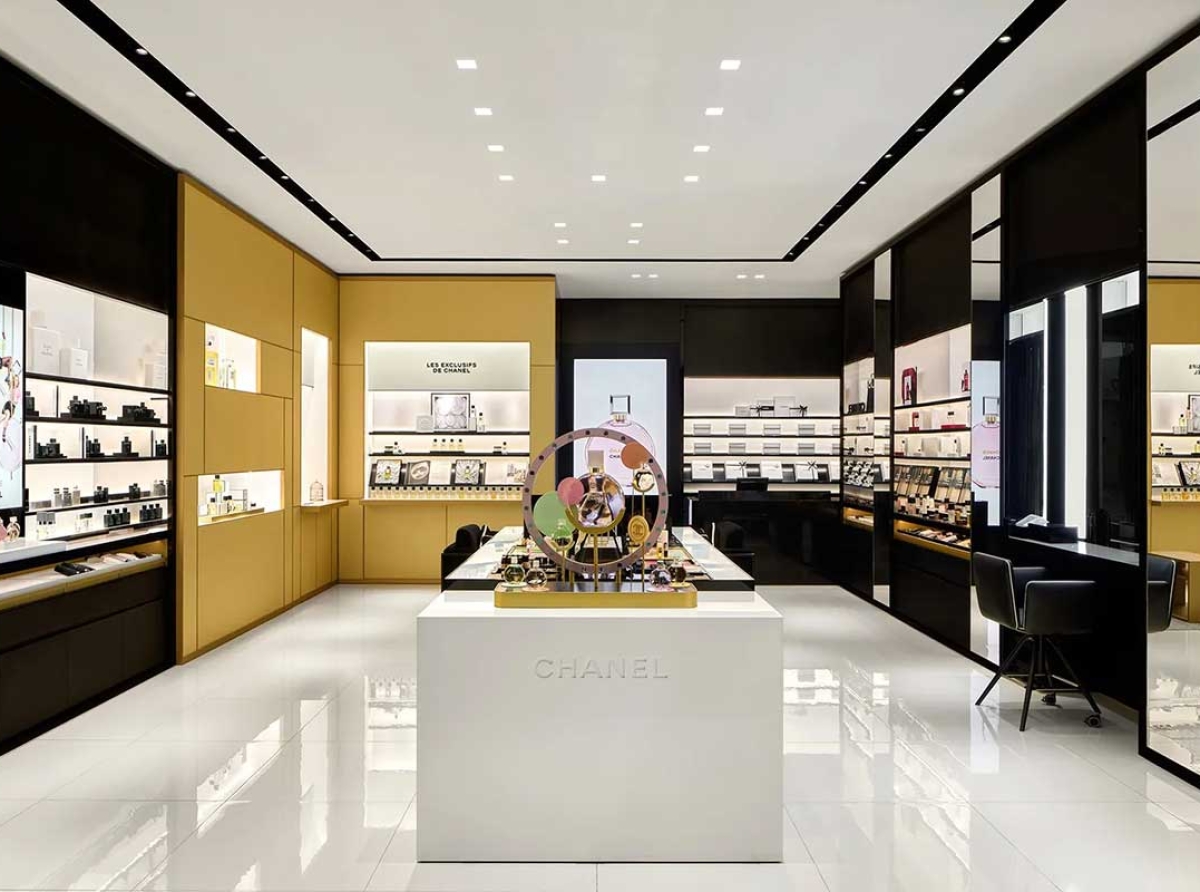
15 January 2025, Mumbai
While the global luxury market braces for a slowdown, India is emerging as a shining beacon of opportunity. A new report by Business of Fashion and McKinsey, released this Monday, forecasts a paltry 1-3 per cent growth for the global luxury industry between 2024 and 2027, with traditional powerhouses like China and Europe losing momentum. "Executives are rightly pessimistic about 2025, which is set to be a challenging year for luxury leaders in comparison to years past,” says Rahul Malik, chief growth officer and head of insights at The Business of Fashion. However, India, along with the Middle East, is poised for strong growth, offering a glimmer of hope for luxury brands navigating a challenging landscape. This presents a unique opportunity for luxury players to tap into India's burgeoning affluent class and its growing appetite for high-end experiences.
India's Luxury Landscape: A unique opportunity
Several factors are fueling India's luxury boom:
Rising affluence: India boasts a rapidly expanding middle class and a growing number of high-net-worth individuals, creating a fertile ground for luxury consumption.
Young demographics: India has a young population with a strong desire for aspirational brands and experiences. This demographic is particularly receptive to new trends and digital channels, offering fertile ground for luxury brands to connect with consumers.
Cultural appreciation for luxury: India has a long-standing tradition of appreciating luxury and craftsmanship, evident in its rich heritage of textiles, jewelry, and art. This cultural affinity provides a strong foundation for luxury brands to build upon.
Growing preference for experiences: Like their global counterparts, Indian consumers are increasingly prioritizing experiences over material possessions. This aligns with the report's findings, which indicate a growing preference for high-end travel and wellness offerings. “There’s no doubt: it will take more to win shoppers’ hearts (and wallet-shares) now as they shift their gaze to high-end travel and wellness experiences instead,” states the report.
Challenges and opportunities:
While India presents a promising opportunity, luxury brands must navigate certain challenges:
Infrastructure: Developing adequate infrastructure to support luxury retail and experiences remains a key challenge.
Distribution: Reaching a geographically dispersed consumer base requires a robust and innovative distribution network.
Pricing and value: Luxury brands need to strike a balance between maintaining their premium image and offering value that resonates with Indian consumers. As Malik emphasizes, "customers will need to be 'reconvinced of luxury’s value proposition.'"
Strategies for success:
To capitalize on India's luxury potential, brands should consider the following strategies:
Localization: Adapting products and experiences to resonate with Indian tastes and preferences is crucial.
Omnichannel approach: Integrating online and offline channels to provide a seamless and personalized customer journey.
Experiential retail: Creating immersive and engaging retail experiences that go beyond traditional shopping.
Community building: Cultivating a strong sense of community among luxury consumers through exclusive events and personalized services.
India's rise in the global luxury landscape
India's emergence as a luxury powerhouse is a testament to its economic dynamism and evolving consumer culture. By understanding the nuances of the Indian market and adapting their strategies accordingly, luxury brands can unlock significant growth opportunities and contribute to the ongoing evolution of the global luxury landscape. As the report concludes, "Now is the time for brands to strategically reset to restore desirability, creativity and exclusivity — the cornerstones of luxury.” India, with its unique blend of tradition and modernity, offers the perfect stage for this luxury renaissance.
Latest Publications




